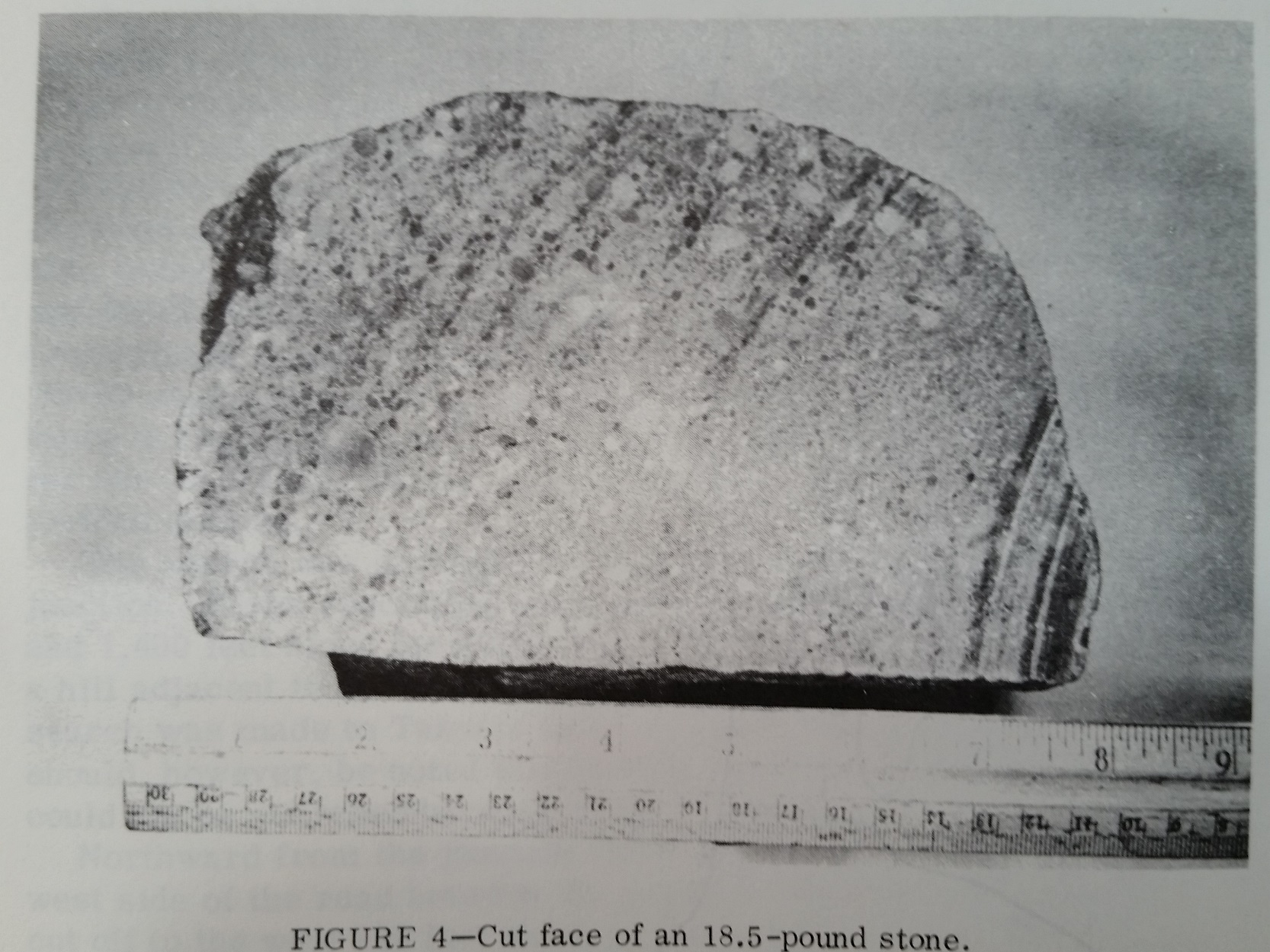As seen in Bob's Findings - In Meteorite-Times Magazine
by Robert Verish
Takysie Lake
- The Classic "Pseudometeorite" - Found By Harvey H. Nininger - Could it be a Meteorite?
(Above "Figure 4." photo by Nininger, 1967) from the Nininger & Huss paper (see above) showing a slice from one of the original Nininger stones. This interior is typical for most of these stones, exhibiting a thin, patchy devitrified crust on a well-rounded clast of volcanic breccia.
Wow! A collection of Takysie Lake Pseudometeorite stones that have been sitting in storage for over 16 years! What a surprise find after all these years. Under closer examination, it was obvious these were the best specimens seen in several decades.

Another view of the stone depicted above. This Takysie Lake stone was recovered in 1991.
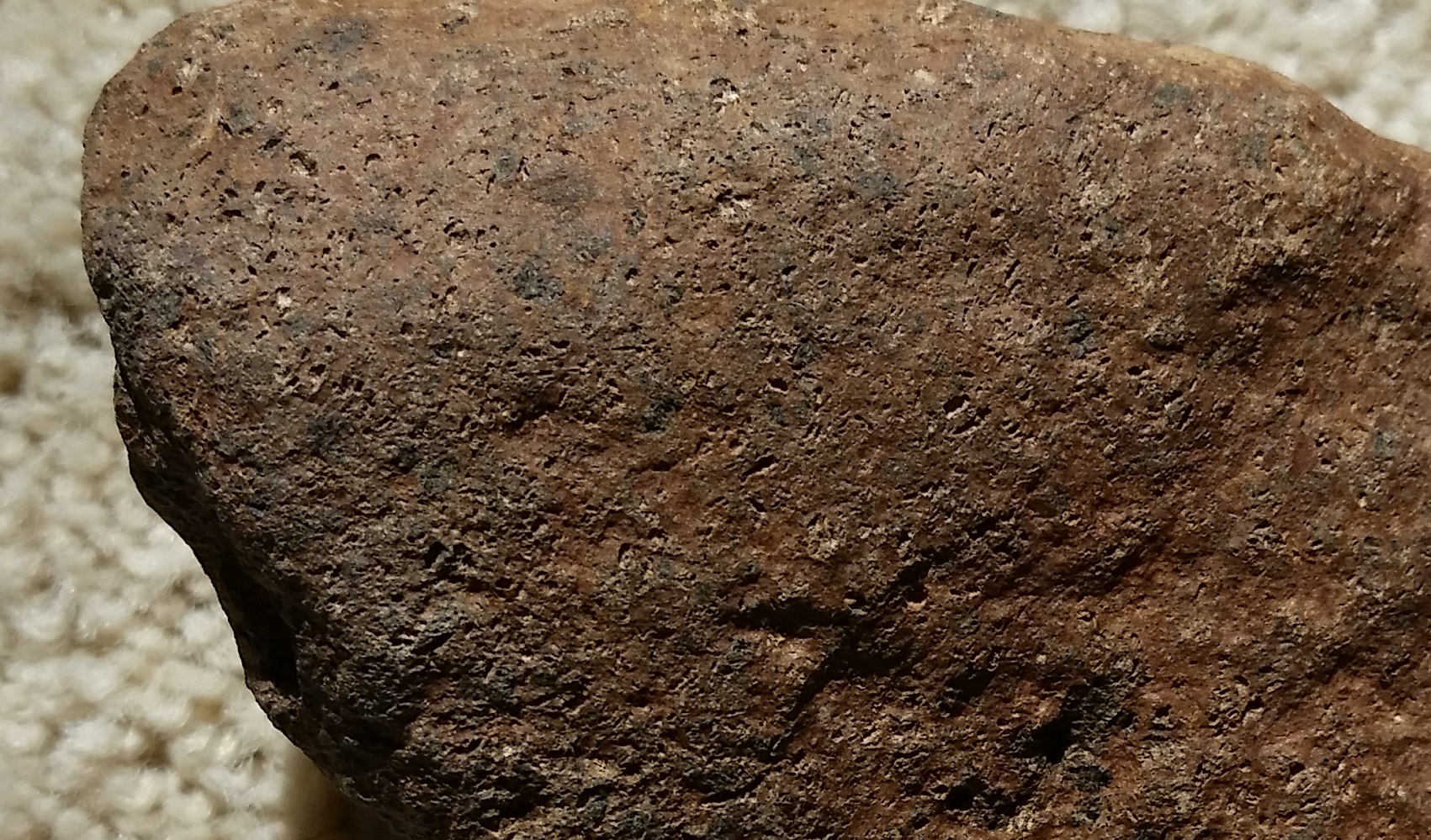
Close-up of the stone depicted above.
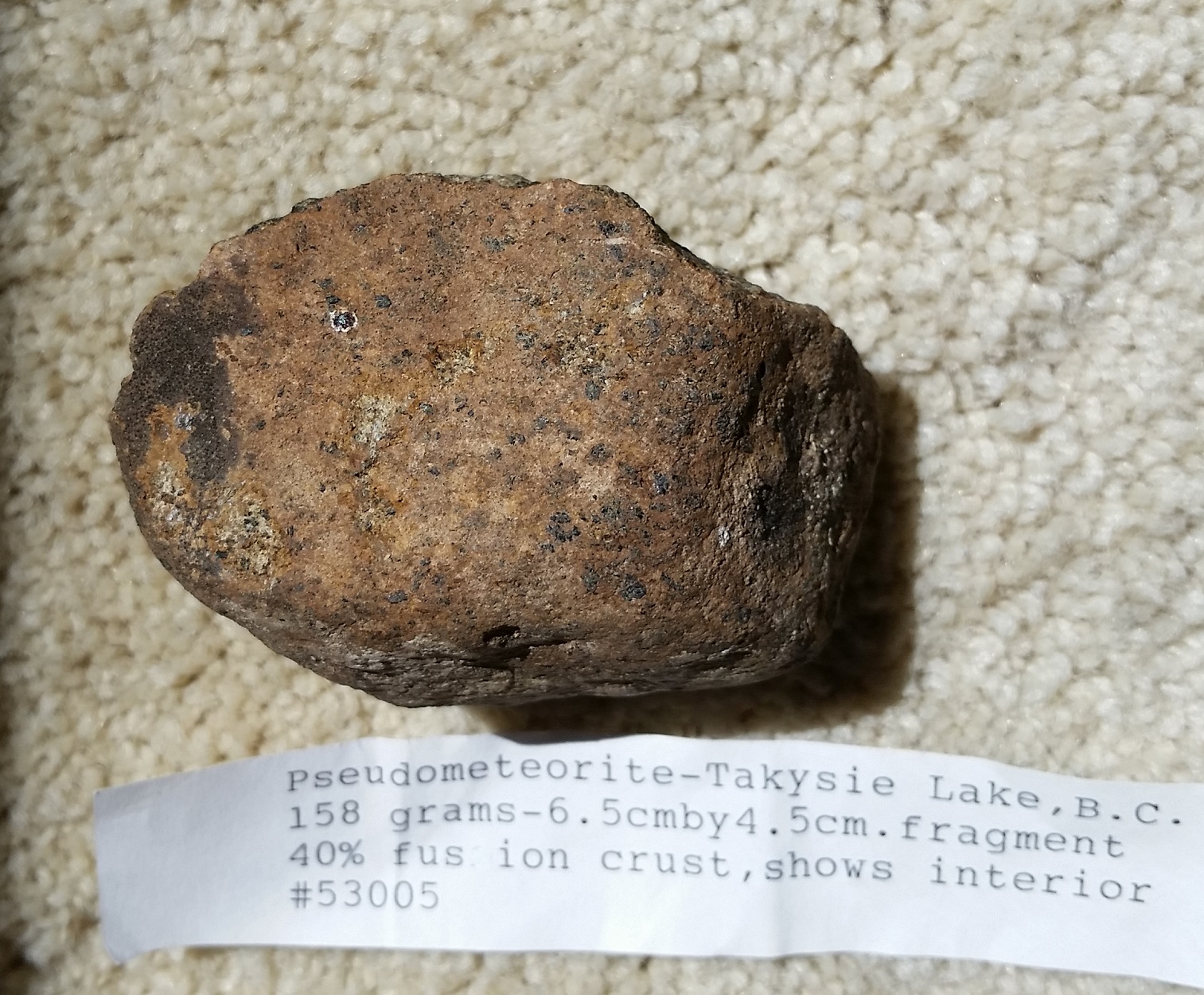
The bottom side of the stone that is depicted above, showing patches of crust, as well as, patches of carbonate encrustation.
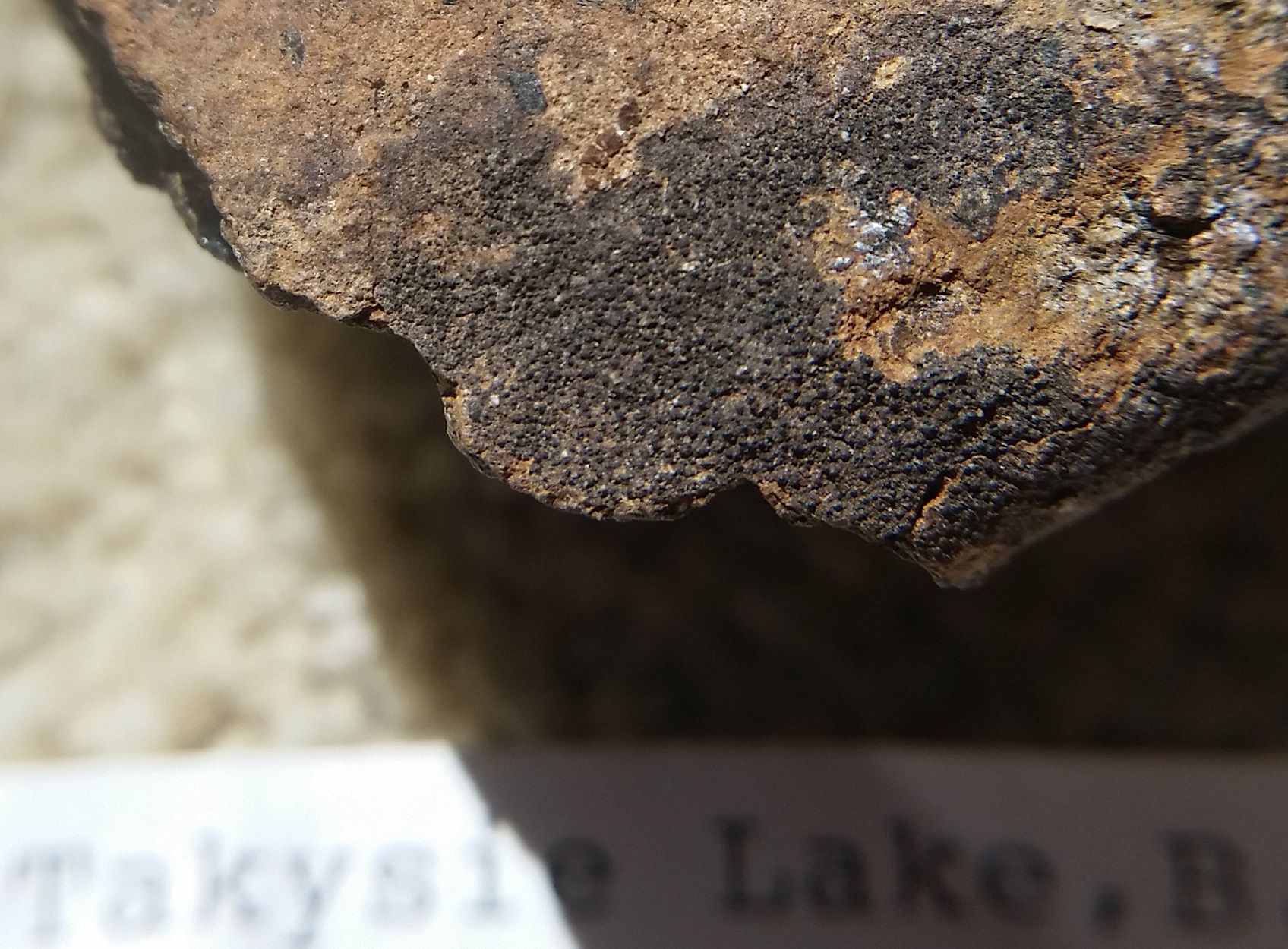
Close-up of the curious "crust" on the stone depicted above.
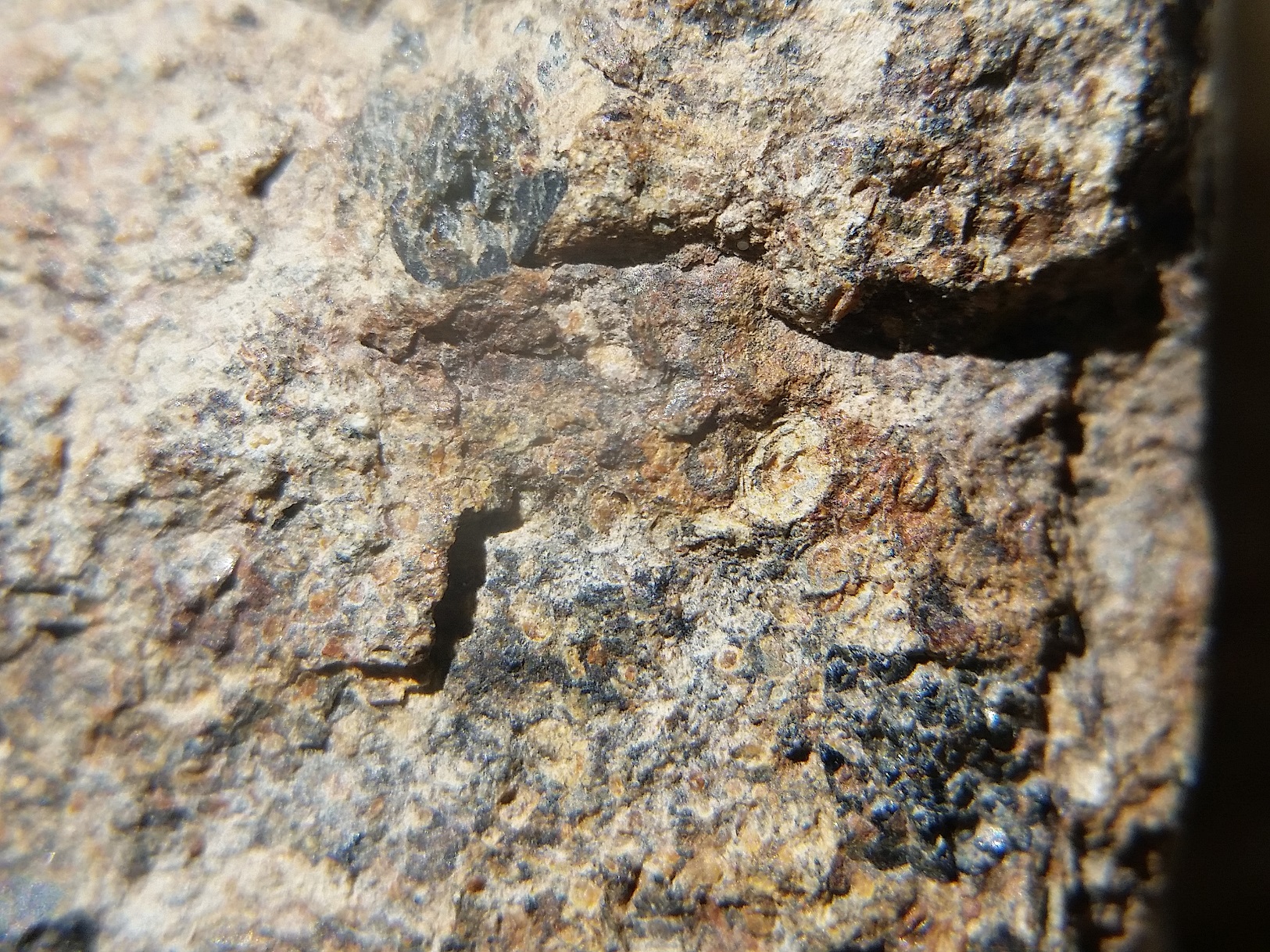
Close-up of the stone depicted above.
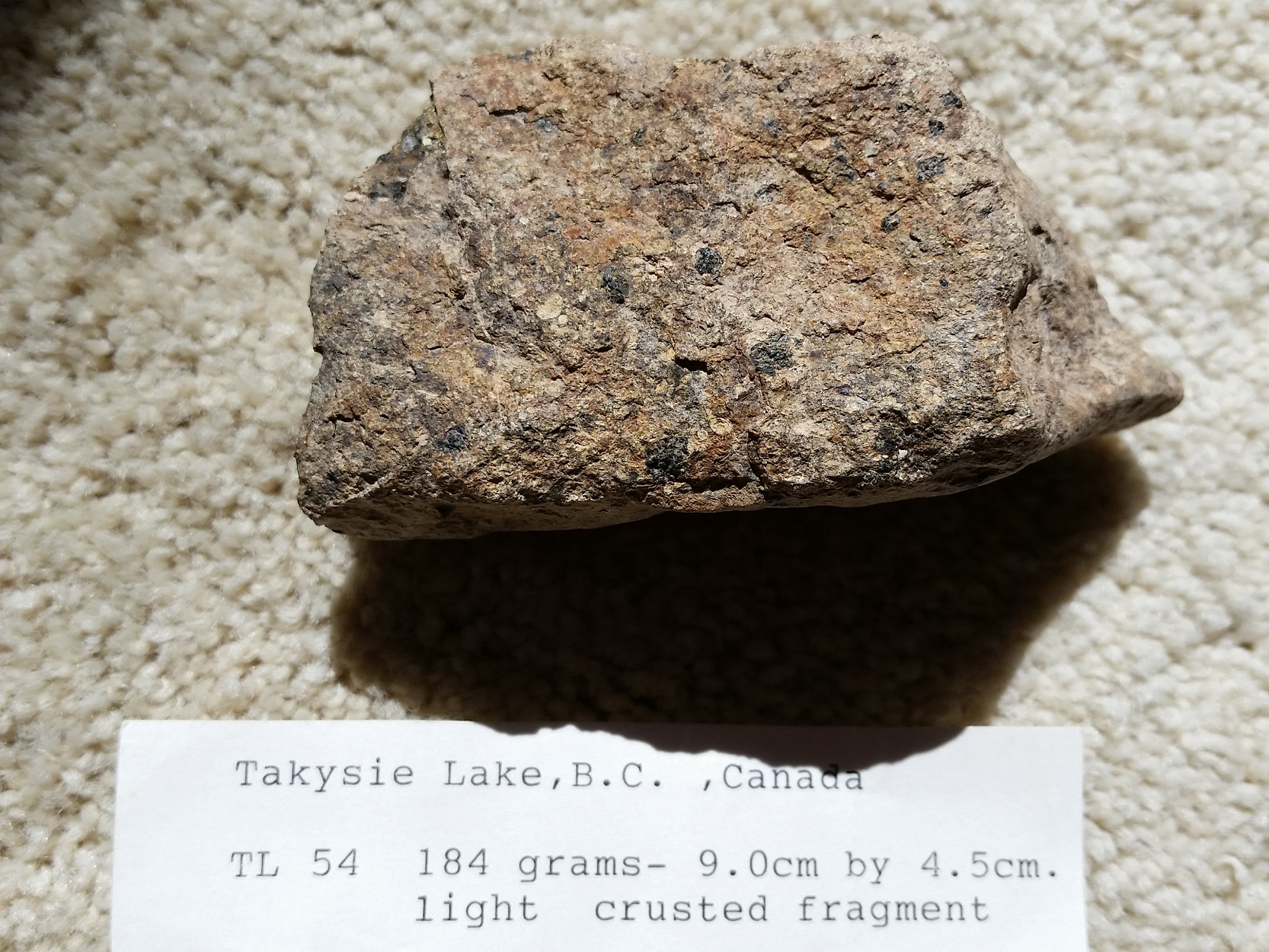
The bottom side of the stone that is depicted above, showing patches of crust, as well as, patches of carbonate encrustation.

Close-up of the curious "crust" on the stone depicted above.
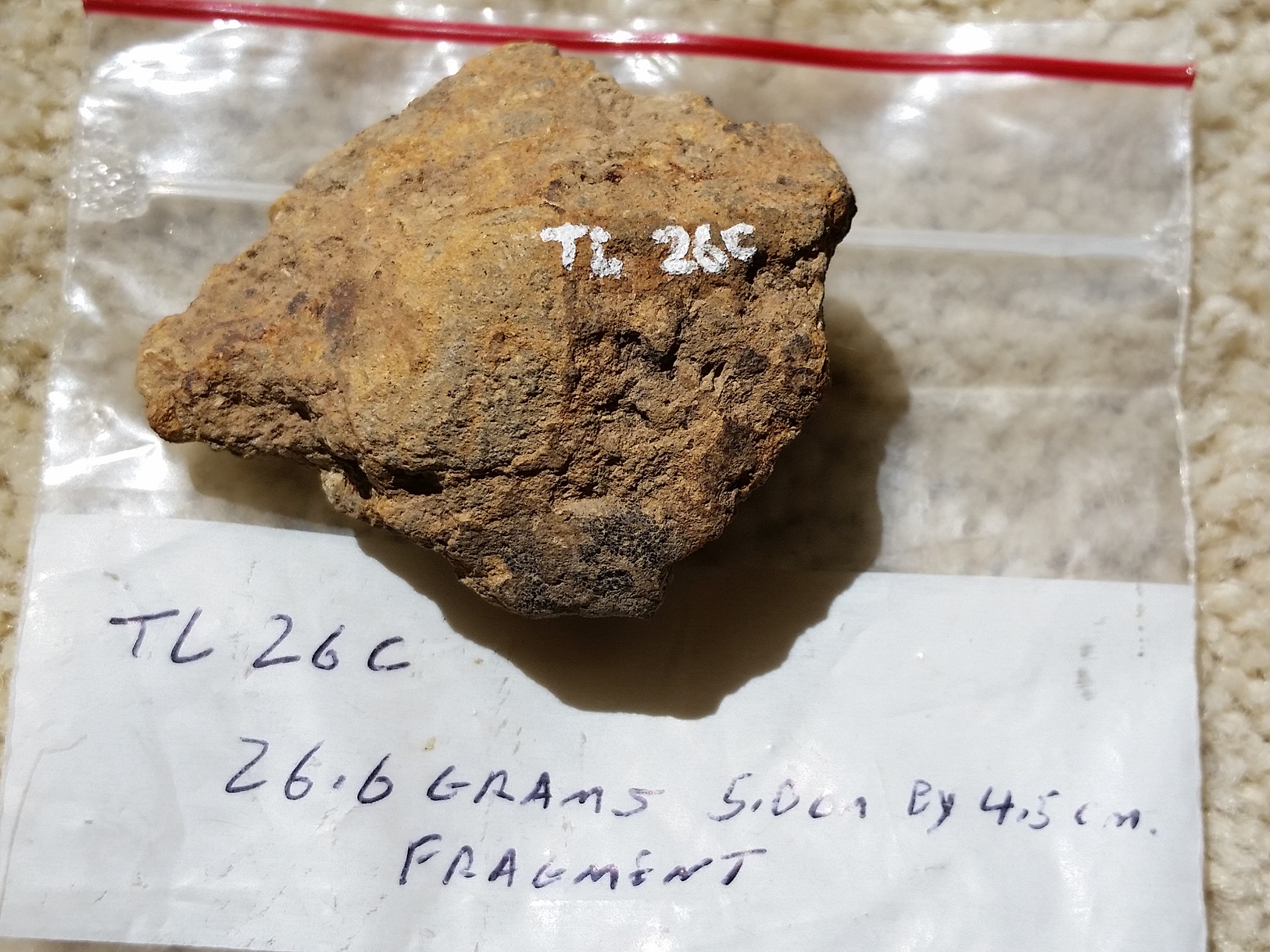
One of the Takysie Lake stones recovered in 1991.
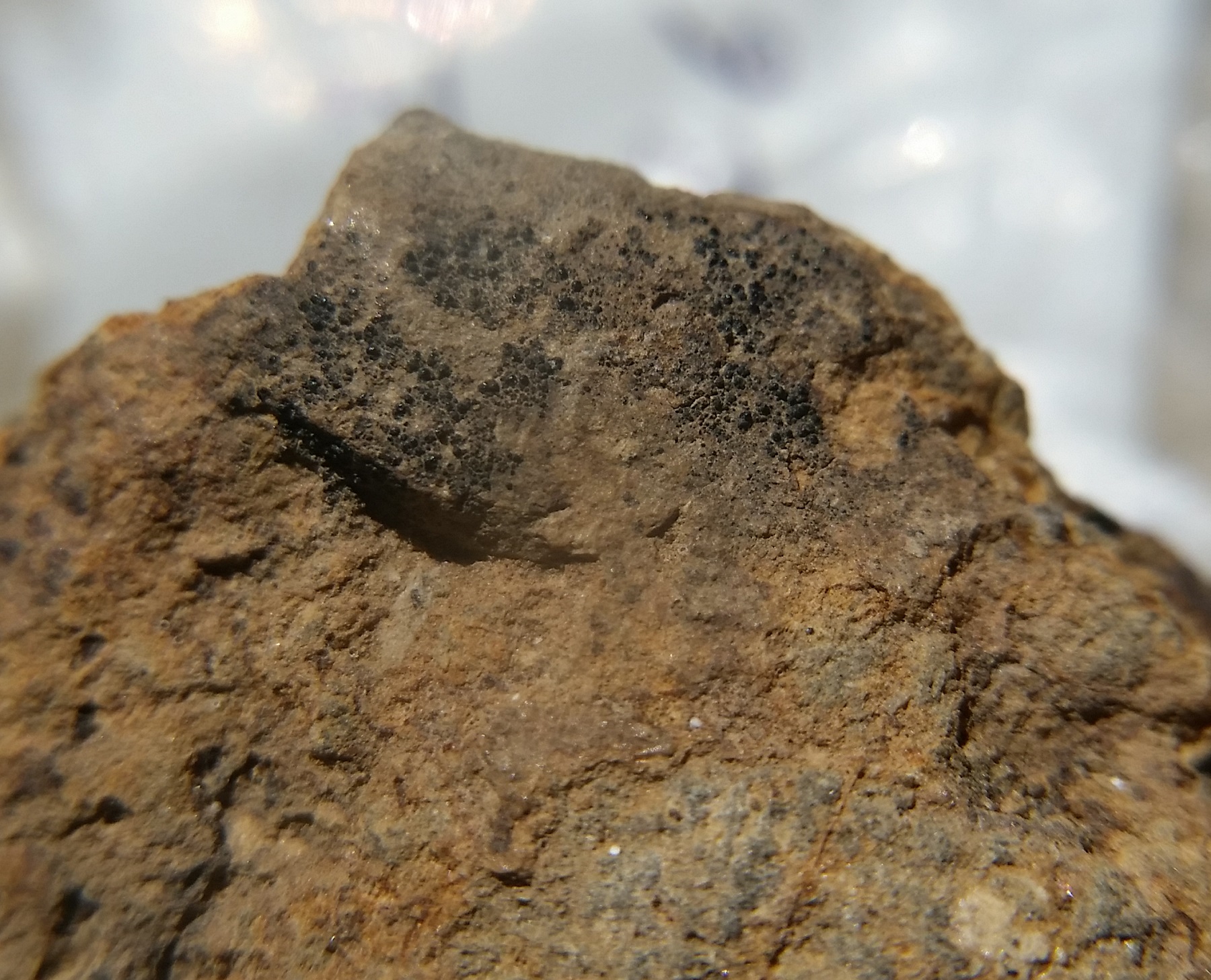
Close-up of the stone depicted above.
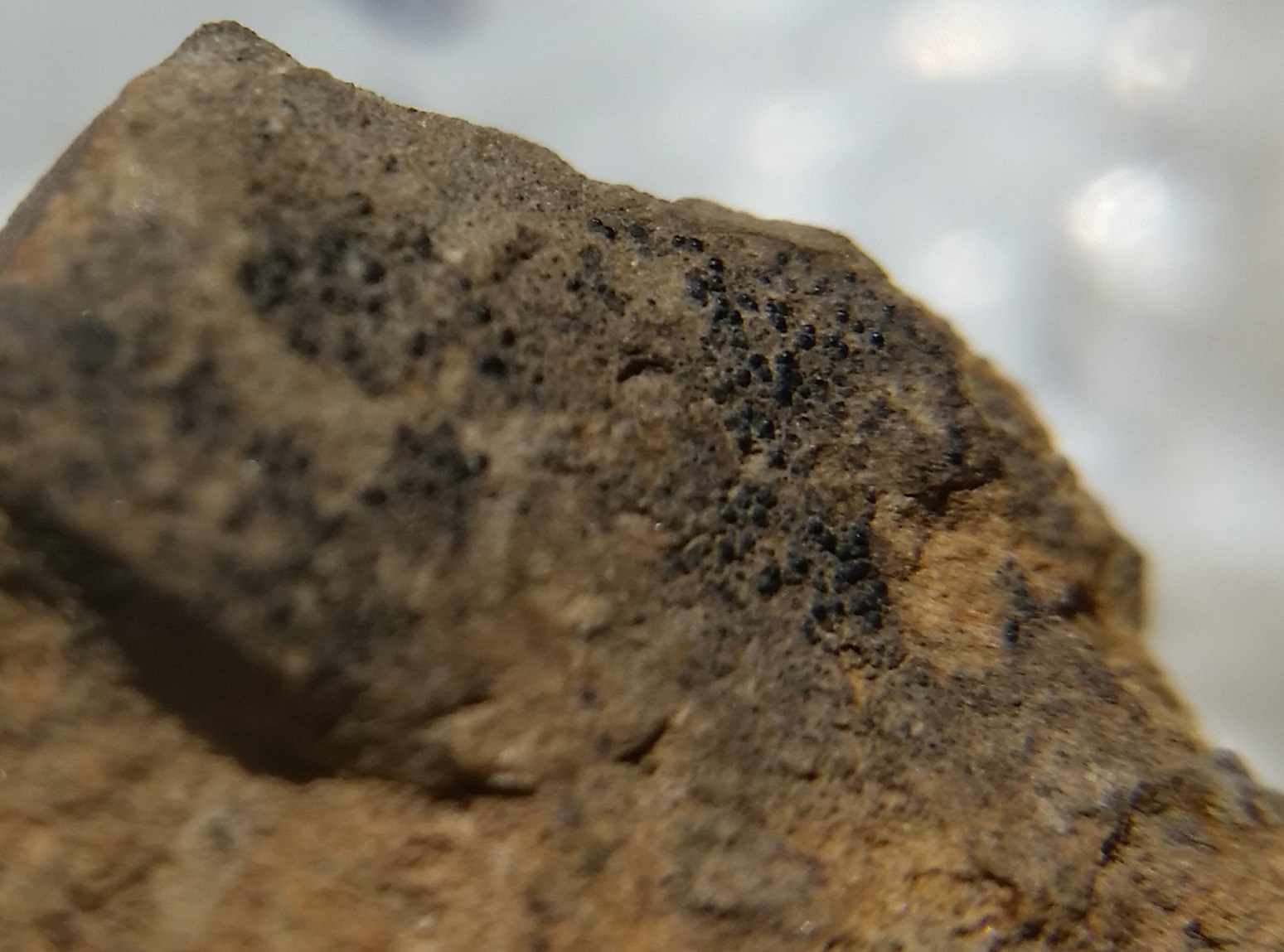
Close-up of the curious "crust" on the stone depicted above.

One of the Takysie Lake stones recovered in 1991.

Close-up of the stone depicted above.

Close-up of the curious "crust" on the stone depicted above.
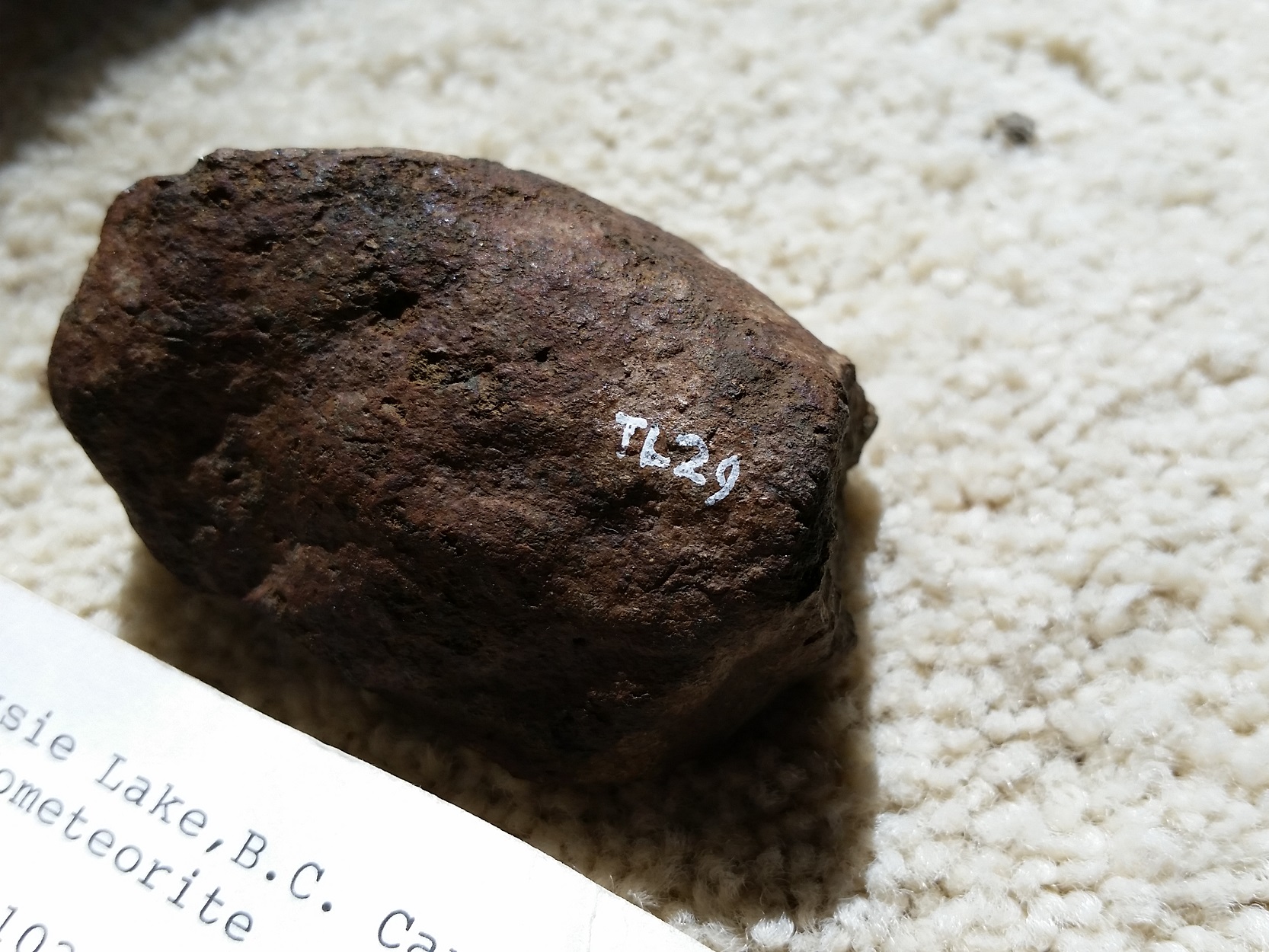
Takysie Lake stone #29 found in 1991. There is a subtle hint of flow-lipping along the upper edge.
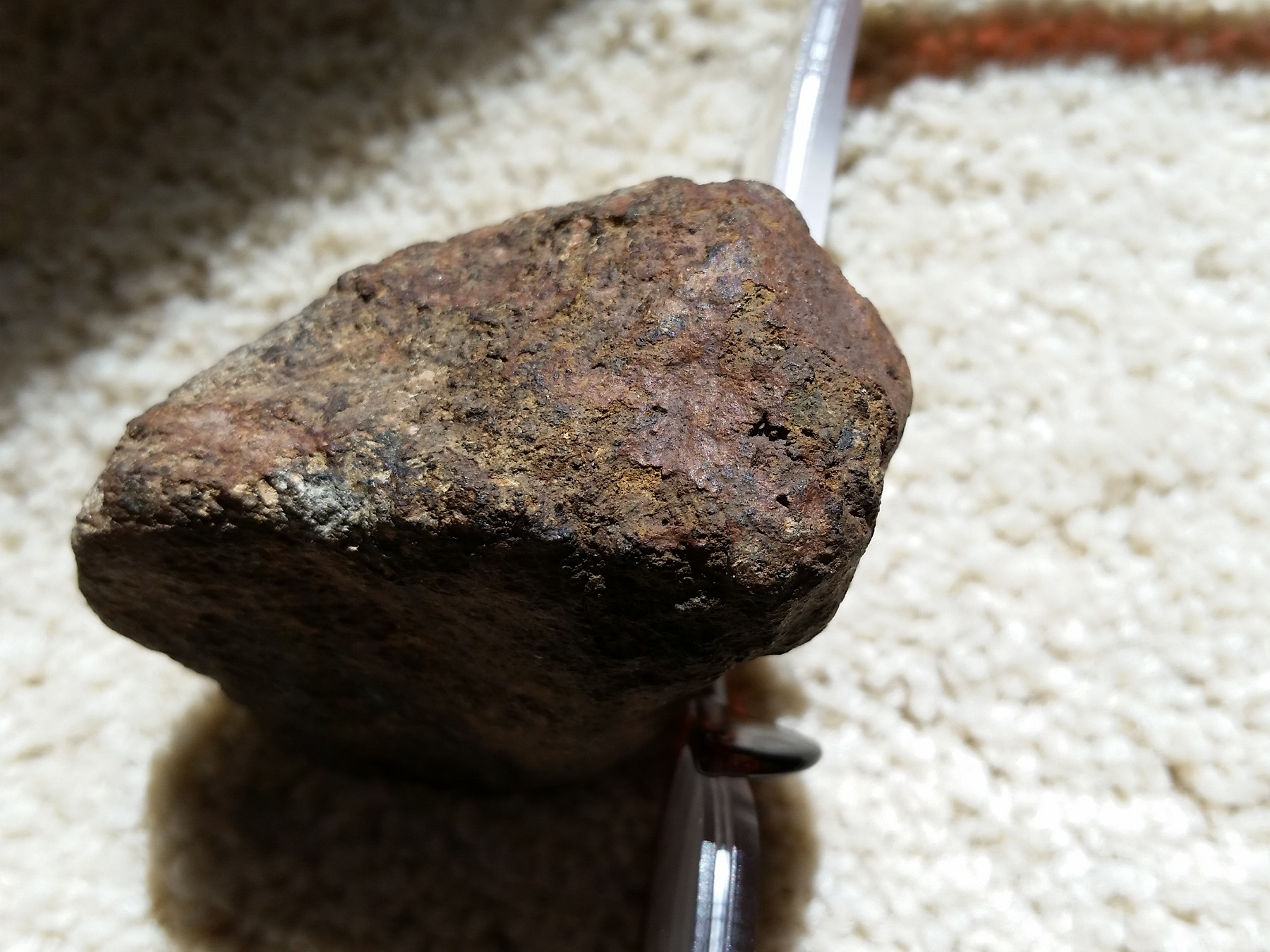
Close-up of a portion of a weathered surface on the #29-stone depicted above. Can't tell whether there is soil-clay encrusted on this surface, or if this is palagonite-clay from a devitrified fusion-crust.
References:
Pseudometeorite : from the Meteoritical Bulletin: the Definition for this class of "meteorite".
Search results for all "meteorites" of type: "Pseudometeorite" - Published in Meteoritical Society - Meteoritical Bulletin, Database.
Takysie Lake from the Meteoritical Bulletin: the entry for "Takysie Lake" - as Published in Meteoritical Society - Meteoritical Bulletin, Database.
From the SAO/NASA Astrophysics Data System (ADS): The Takysie Lake, B. C., Stones: Meteorites or Moon Rock?
by authors: Harvey H. Nininger, & Gary I. Huss, 1967, The Meteoritical Society,
in journal: Meteoritics, volume 3, number 4, page 169. Bibliographic Code: 1967Metic...3..169N
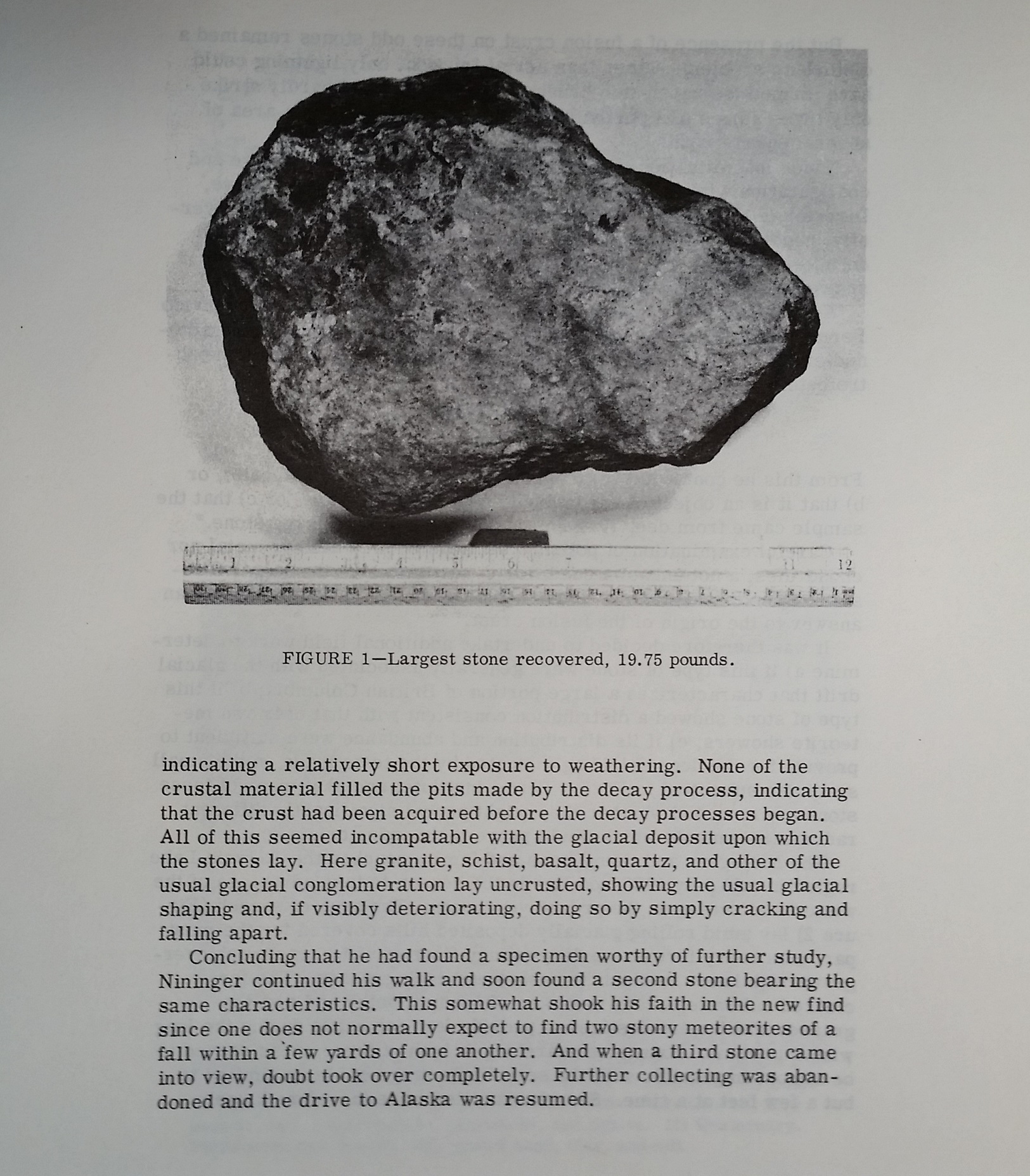
Figure 1. from the above Nininger & Huss paper shows one of the original Takysie Lake stones found by Harvey.
Figure 4. from the above paper shows a slice from one of the original Nininger stones. This interior is typical for most of these stones, exhibiting a thin, patchy devitrified crust on a well-rounded clast of volcanic breccia.
From the SAO/NASA Astrophysics Data System (ADS): Significance of the Yamato meteorites
by author: Gary I. Huss, 1977
in journal: Meteoritics, vol. 12, June 30, 1977, p. 1 41-144. Bibliographic Code: 1977Metic..12..141H
From the Clay Minerals Society: Palagonite reconsidered: paracrystalline illite-smectites from regoliths ...
a [PDF] from their official website - by V. Berkgaut and A. Singer - ?1994
With technological advancements in clay analysis providing a better way to identify clay minerals, researchers revisited previous work, such as the "palagonitic" clay from the Golan Heights, and found most of them to be illite-smectites from regoliths ...
Nuées Ardentes of the 1968 Eruption of Mayon Volcano, Philippines ...
The nuées ardentes deposited pyroclastic flows that contained large breadcrust-surfaced blocks averaging about 30 cm across, but occasionally reaching 25 m in greatest dimension. These blocks were still very hot in their interiors several days later.
My Bob's Findings articles can be found *HERE*
If you would like more information about Takysie Lake stones, then "Click" HERE.
bolidechaser at yahoo-dot-com

